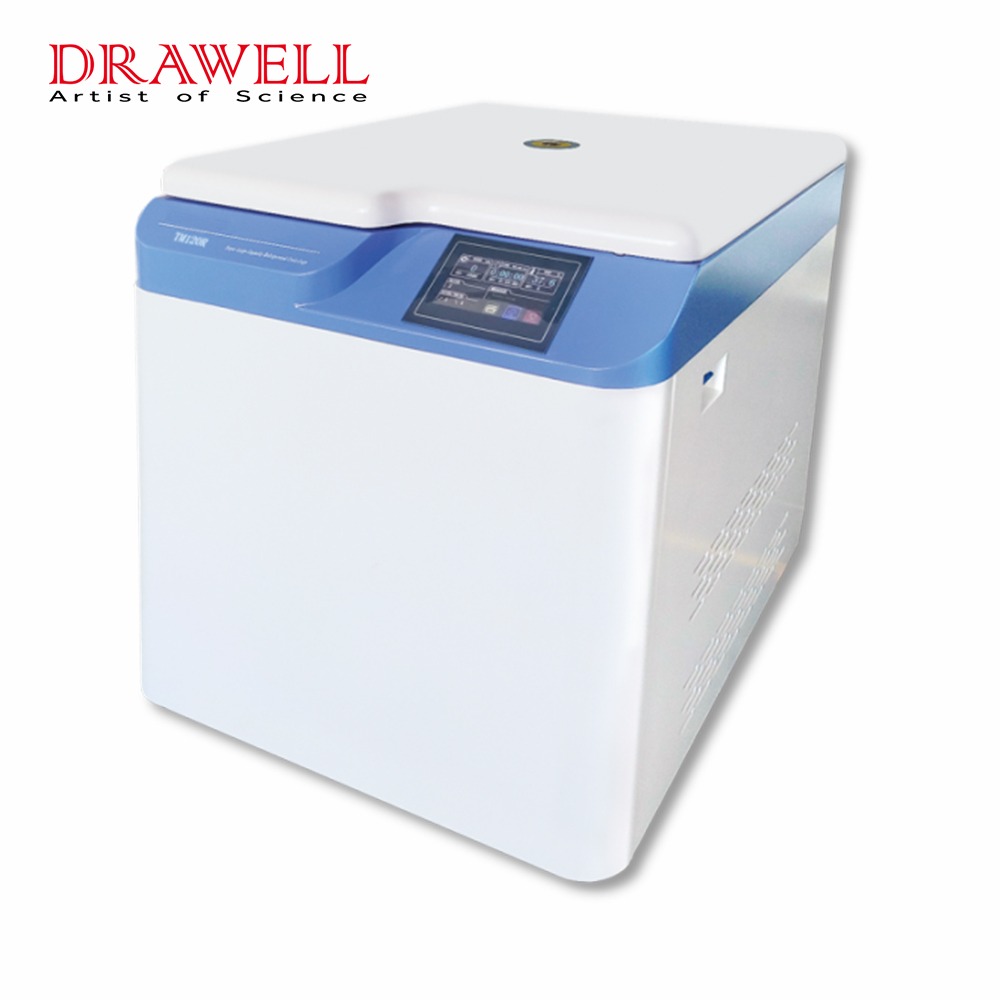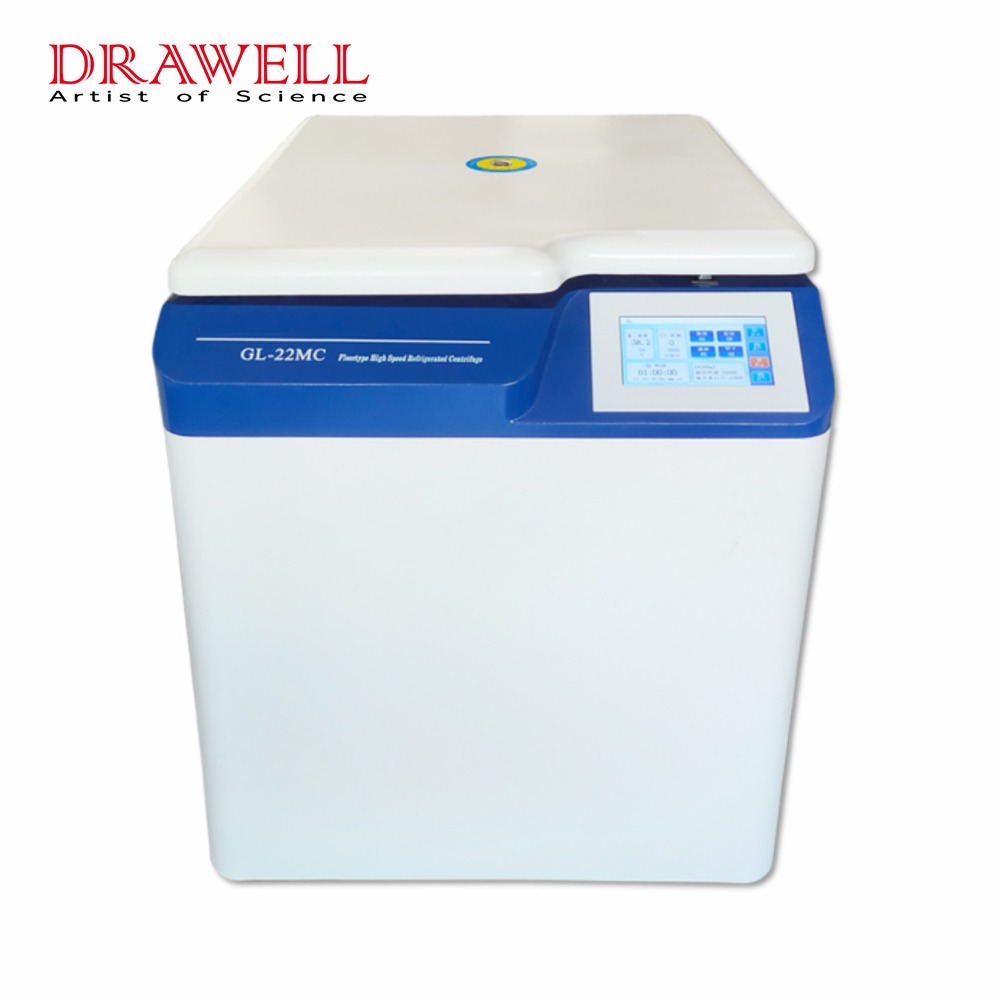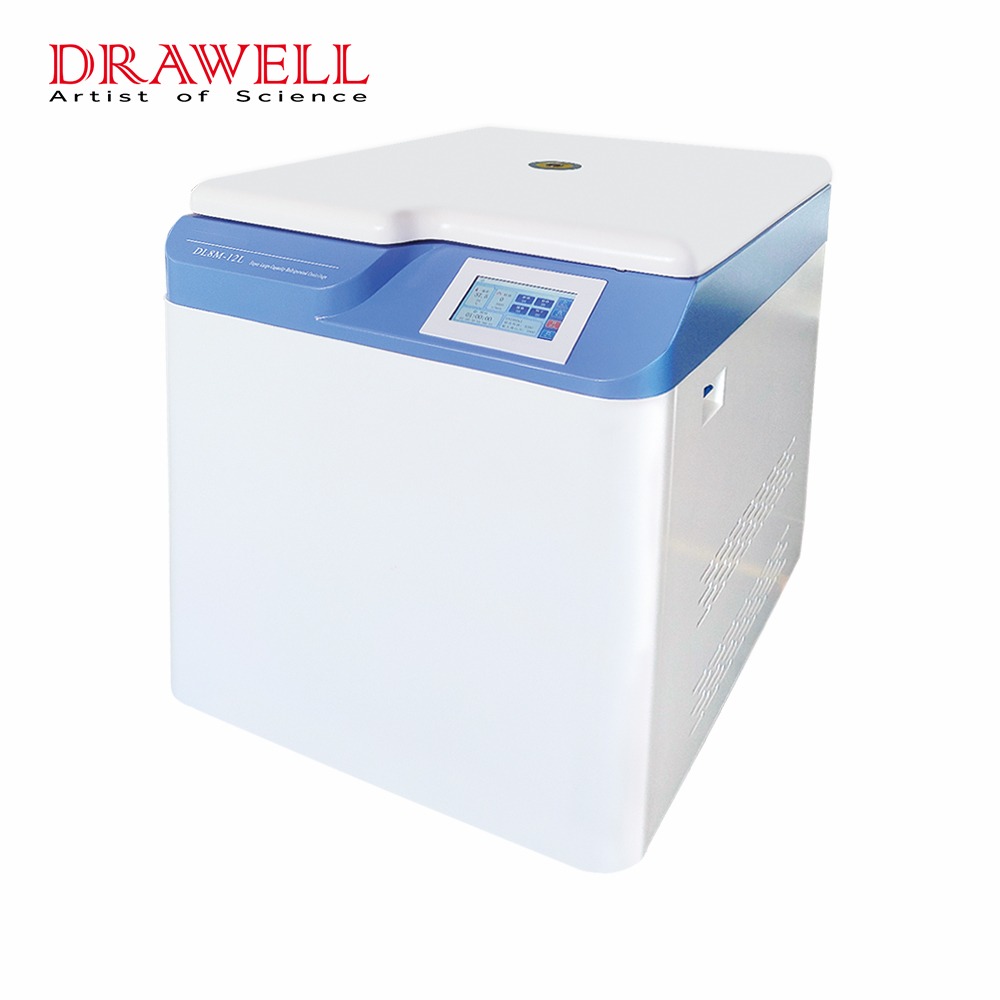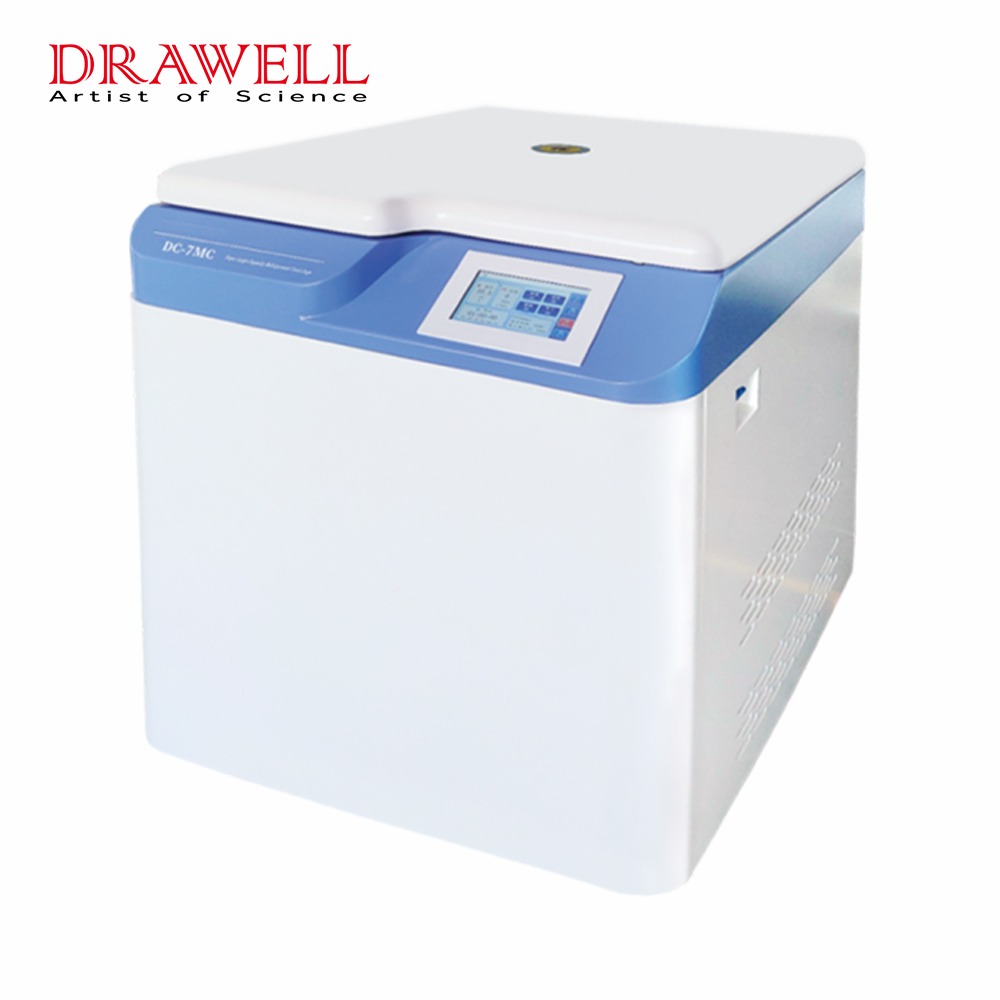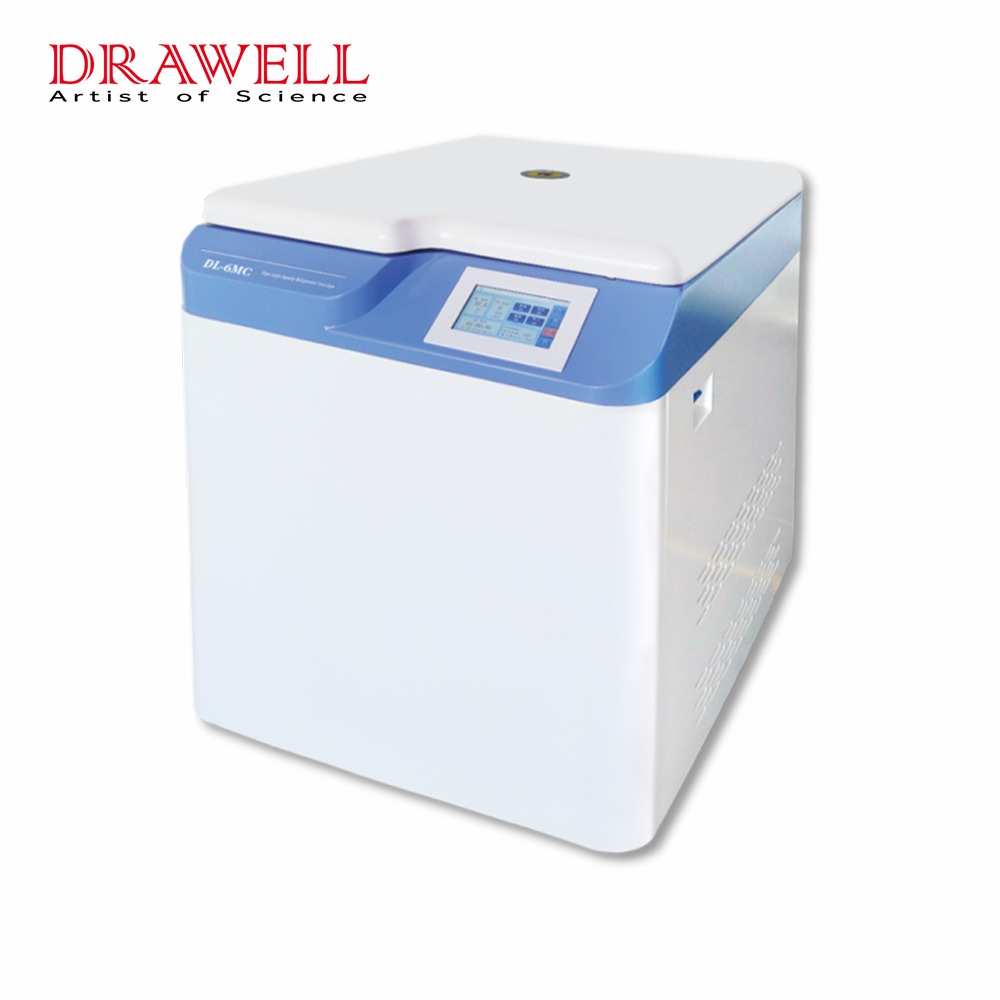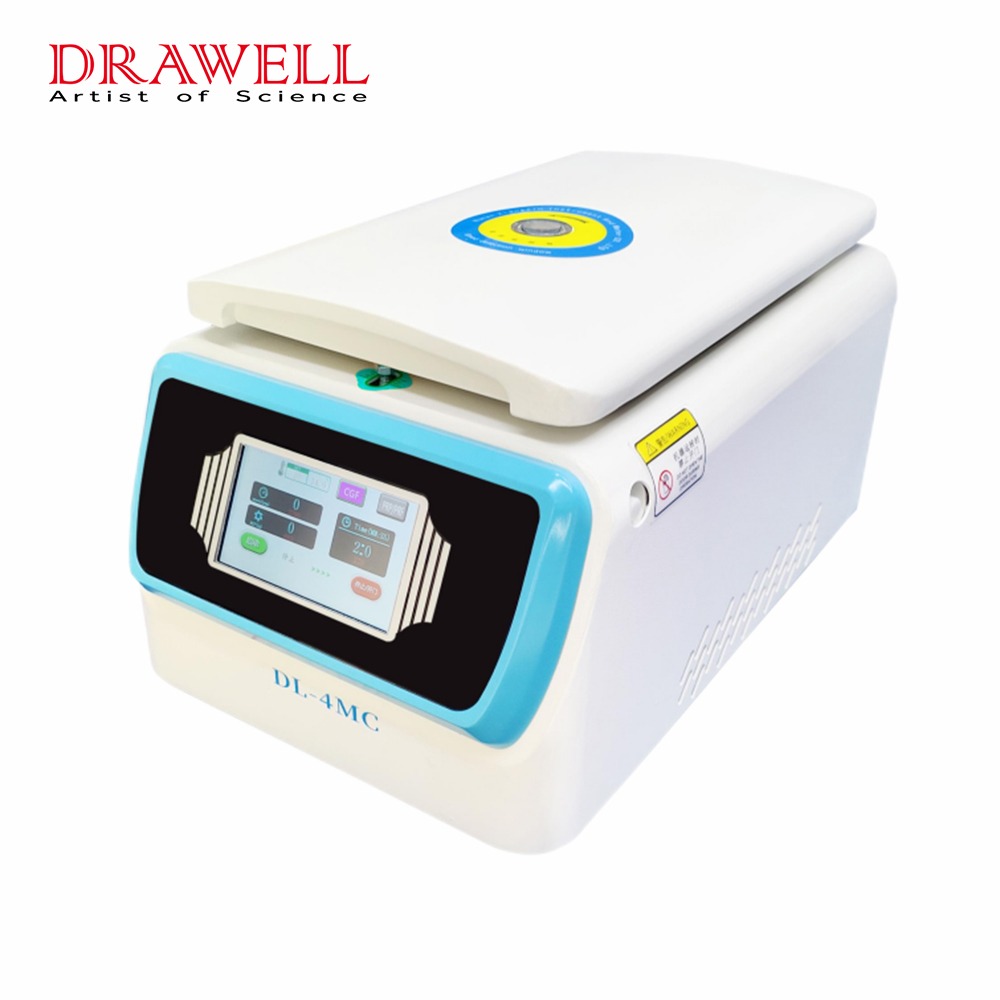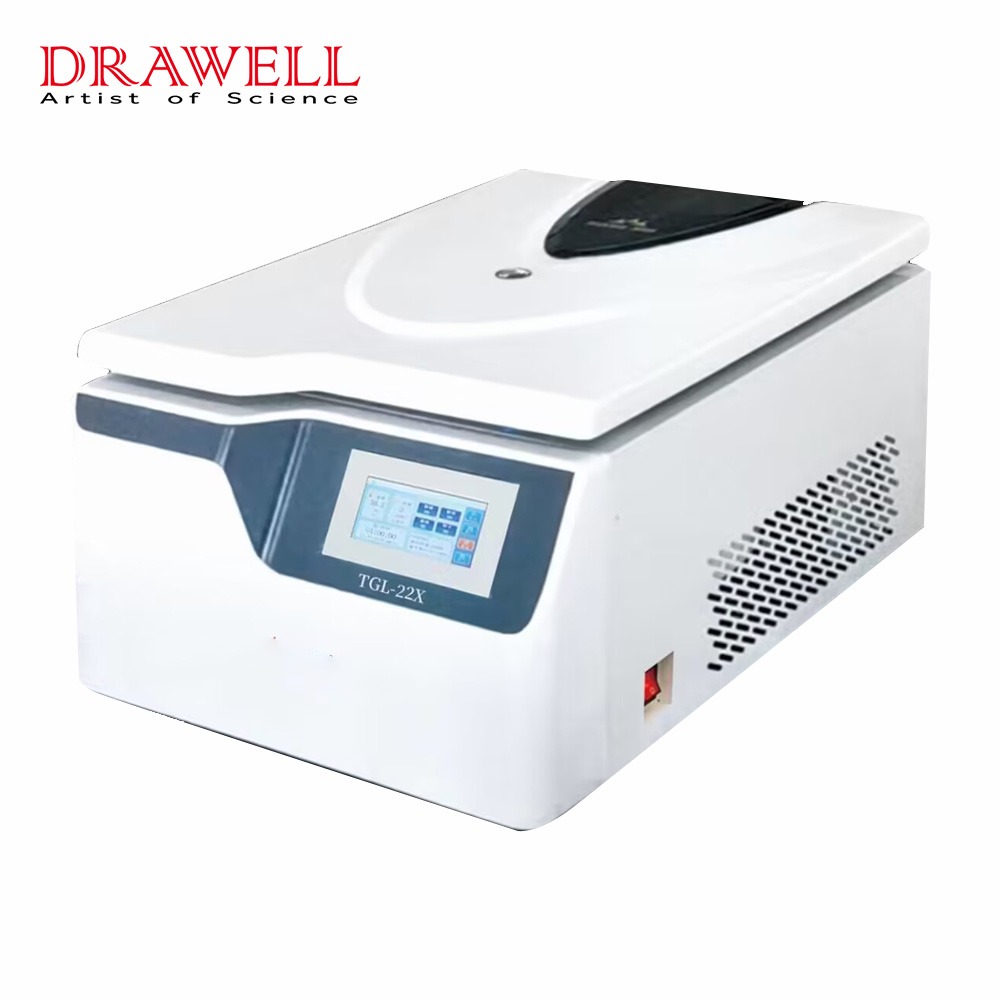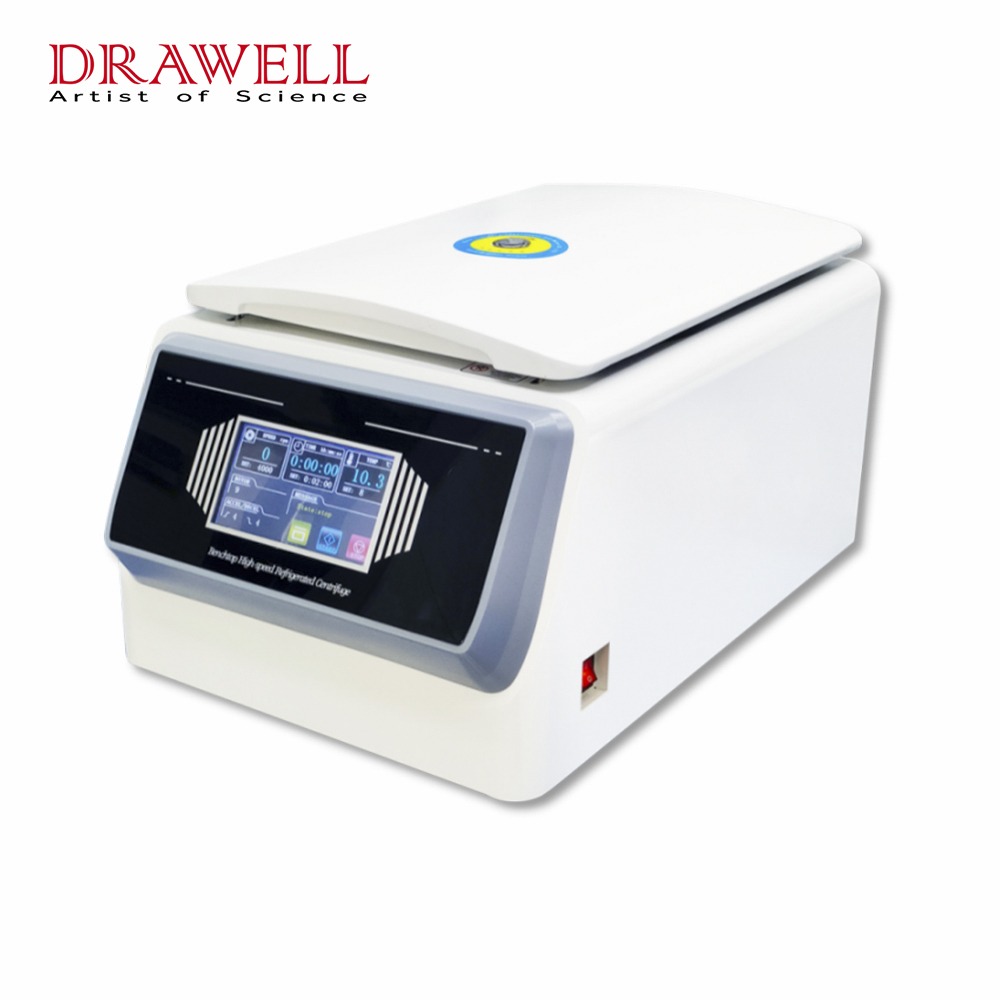Platelet-Rich Plasma (PRP) has gained significant attention in the medical and aesthetic fields for its remarkable regenerative and healing properties. PRP is a concentrated form of platelets derived from a patient’s blood, and its therapeutic potential lies in its ability to accelerate tissue repair, reduce inflammation, and promote collagen synthesis. However, harnessing the full benefits of PRP requires the use of an essential tool – the PRP centrifuge. In this article, we will delve into the science behind PRP centrifugation, explore its diverse applications in medicine and aesthetics, discuss advancements and challenges in technology.
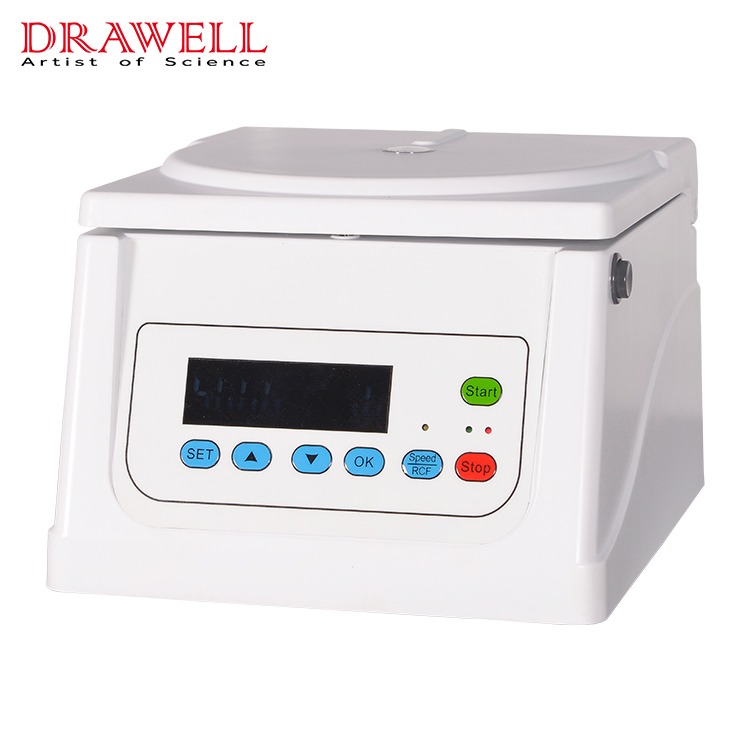
Before diving into the details of the PRP centrifuge, let’s understand what PRP is and why it has become a game-changer in the medical and aesthetic realms. PRP is derived from the patient’s own blood through a process called centrifugation, which separates the platelet-rich portion from other components like red blood cells and plasma. The concentration of platelets in PRP is typically five to ten times higher than that found in normal blood, making it a potent source of growth factors and cytokines.
PRP works by stimulating the body’s natural healing processes, promoting tissue regeneration, and reducing recovery times. Its applications are diverse and cover areas such as orthopedics, dermatology, dentistry, and even hair restoration.
The Science Behind PRP Centrifuge
The PRP centrifuge machine plays a critical role in preparing PRP for therapeutic use. The process begins with drawing a small amount of the patient’s blood, typically from the arm. The blood is then placed in a specialized PRP tube, which contains an anticoagulant to prevent clotting during centrifugation.
Centrifugation is the key step that separates the various components of blood based on their density. When the blood is subjected to centrifugal force, the heavier red blood cells settle at the bottom, while the lighter platelets and plasma accumulate at the top. The middle layer, known as the “buffy coat,” is where the concentrated PRP lies.
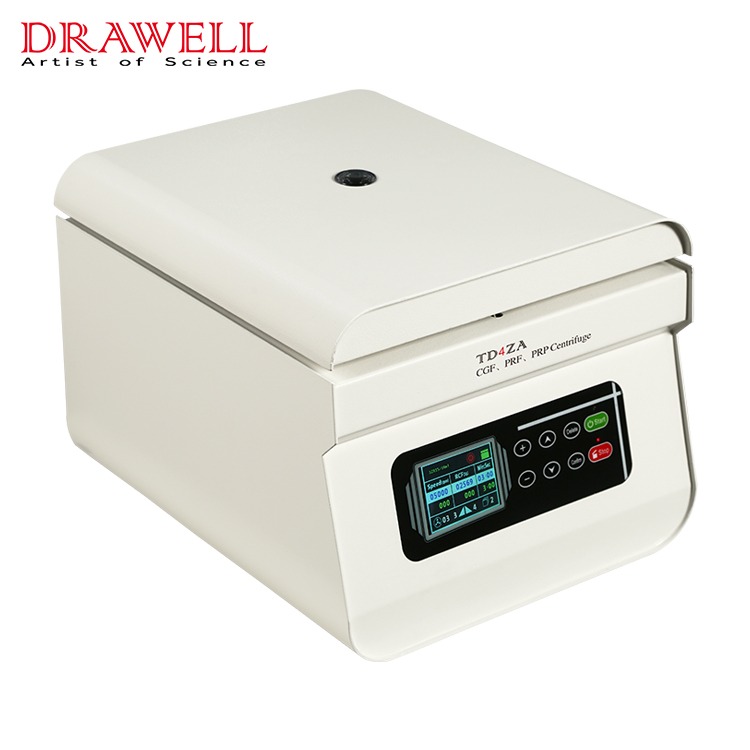
Preparation Process of PRP Centrifuge
To obtain high-quality PRP, proper preparation is crucial. Different PRP centrifuges have varying protocols and parameters, and optimal results depend on factors like centrifugation speed, duration, and the number of spins. Following standardized protocols and using specialized PRP kits are essential for consistent and reliable PRP preparation.
After centrifugation, the PRP is separated from the red blood cells and plasma, and its concentration is determined based on the desired therapeutic application. PRP can be activated using calcium chloride or other substances, depending on the intended use.
PRP Centrifuge Applications in Medicine
The versatility of PRP has led to its widespread adoption in various medical fields.
In orthopedics, PRP is commonly used to treat sports injuries, osteoarthritis, and musculoskeletal conditions. The growth factors in PRP promote tissue repair and reduce inflammation, making it an effective therapy for joint pain and ligament injuries.
Dermatology has also embraced PRP for aesthetic and regenerative purposes. PRP is used in facial rejuvenation treatments, such as the popular “Vampire Facial,” which combines microneedling with PRP application to improve skin texture, tone, and overall appearance. Additionally, PRP has shown promising results in reducing the appearance of scars and promoting wound healing.
In dentistry, PRP is employed in oral and maxillofacial surgeries, particularly for procedures like dental implants and periodontal regeneration. By using PRP during these treatments, dentists can enhance the healing process and improve the long-term success of dental procedures.
PRP Centrifuge Applications in Aesthetics
The aesthetic industry has embraced PRP for its natural and safe approach to skin and hair rejuvenation. Microneedling with PRP has gained popularity as a non-surgical option for reducing wrinkles, fine lines, and improving skin texture. The growth factors in PRP stimulate collagen production, leading to firmer and smoother skin.
PRP has also shown promise in treating hair loss and promoting hair growth. When injected into the scalp, PRP activates hair follicles and encourages the growth of thicker, healthier hair. This has become an appealing option for individuals seeking non-invasive solutions for hair restoration.
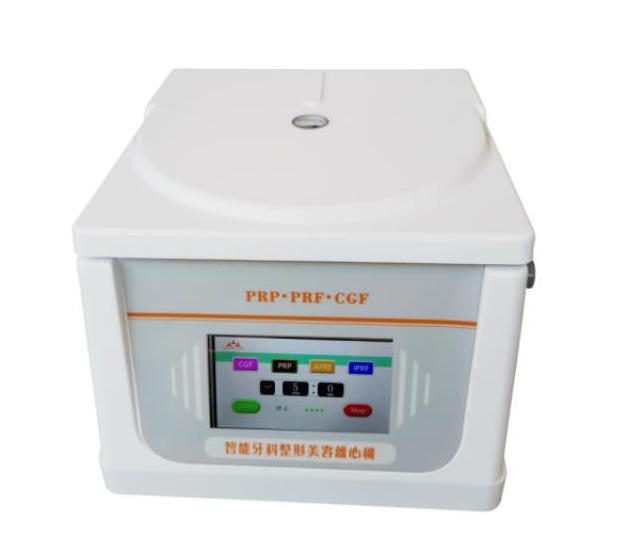
Advancements and Challenges in PRP Centrifuge Technology
In recent years, PRP centrifuge technology has seen remarkable advancements, contributing to the optimization of PRP preparation. Manufacturers have developed more sophisticated systems with better control over centrifugation parameters, resulting in improved PRP quality and consistency. Moreover, researchers have explored novel activation techniques to further enhance PRP’s regenerative potential.
However, challenges persist in the field. Standardizing PRP preparation protocols and guidelines is crucial to ensure uniformity and reproducibility across different clinics and practitioners. Furthermore, while clinical evidence supports many PRP applications, more research is needed to establish its efficacy in certain areas and to determine the most appropriate treatment protocols.
Conclusion
The PRP centrifuge has revolutionized the way we harness the therapeutic potential of Platelet-Rich Plasma. Its applications in medicine and aesthetics have transformed patient care, offering natural and safe solutions for a wide range of conditions. With ongoing research and technological advancements, the future holds even greater promise for the potential of PRP and its centrifuge technology in regenerative medicine. As clinicians and researchers continue to explore and refine its applications, PRP will undoubtedly remain a powerful tool in the pursuit of enhanced healing and rejuvenation.

